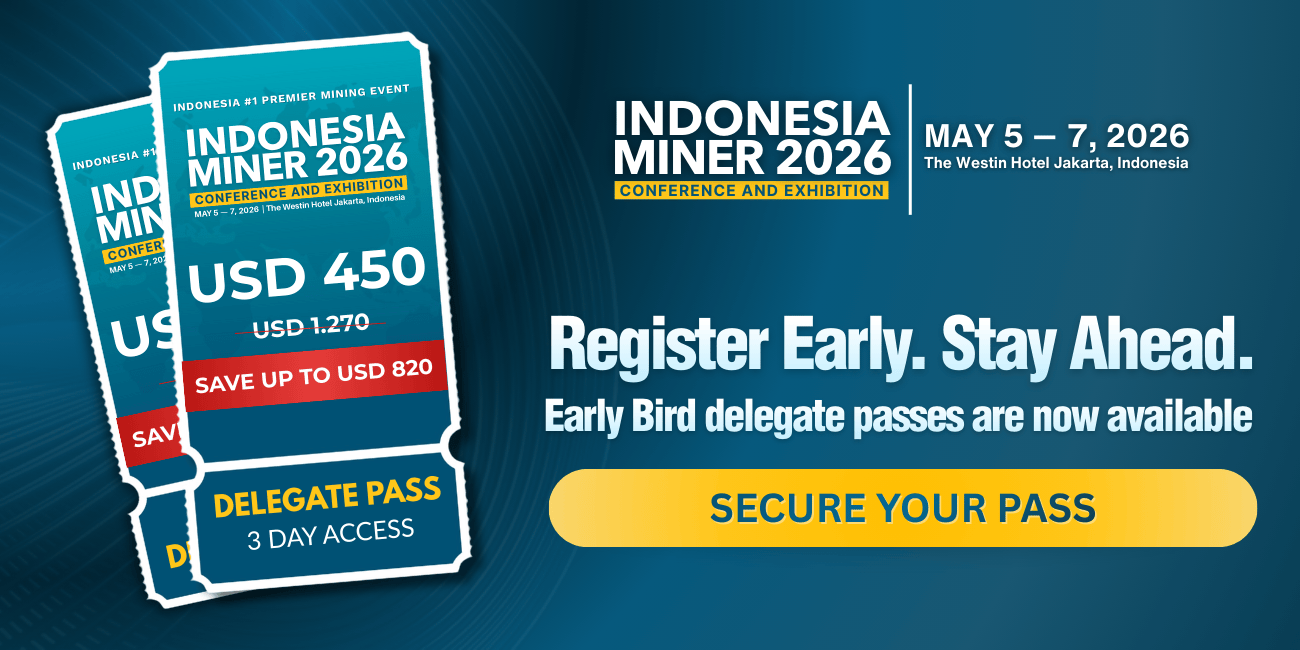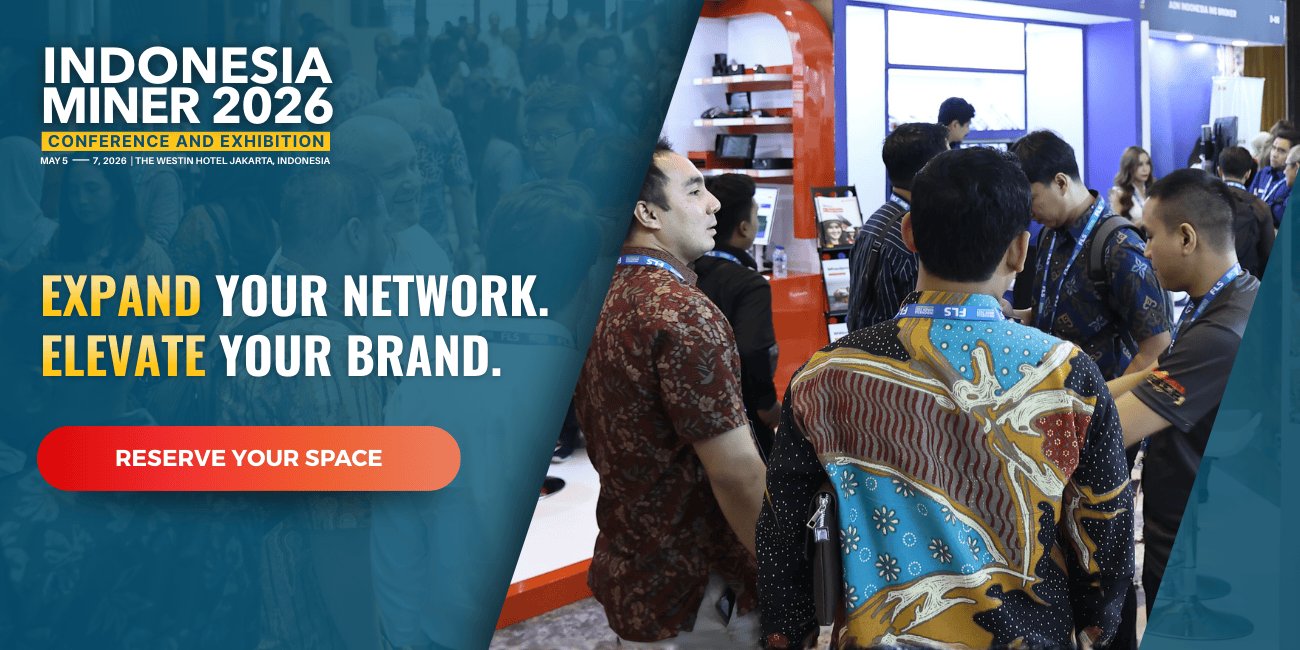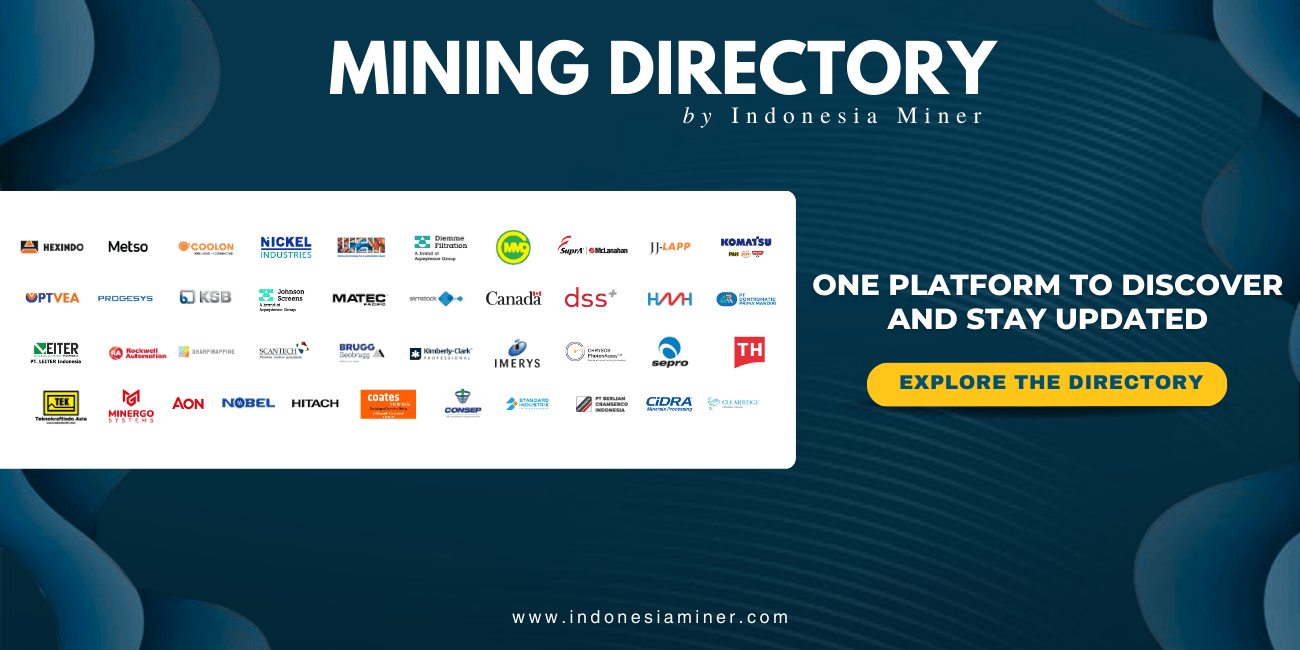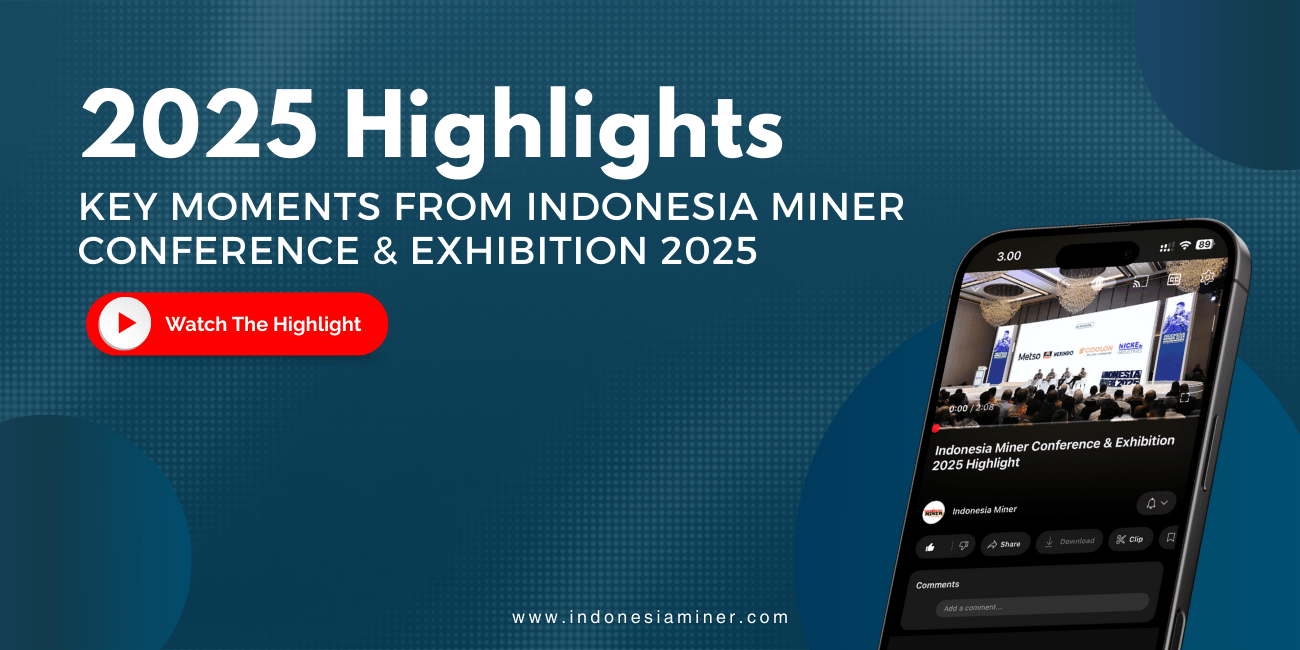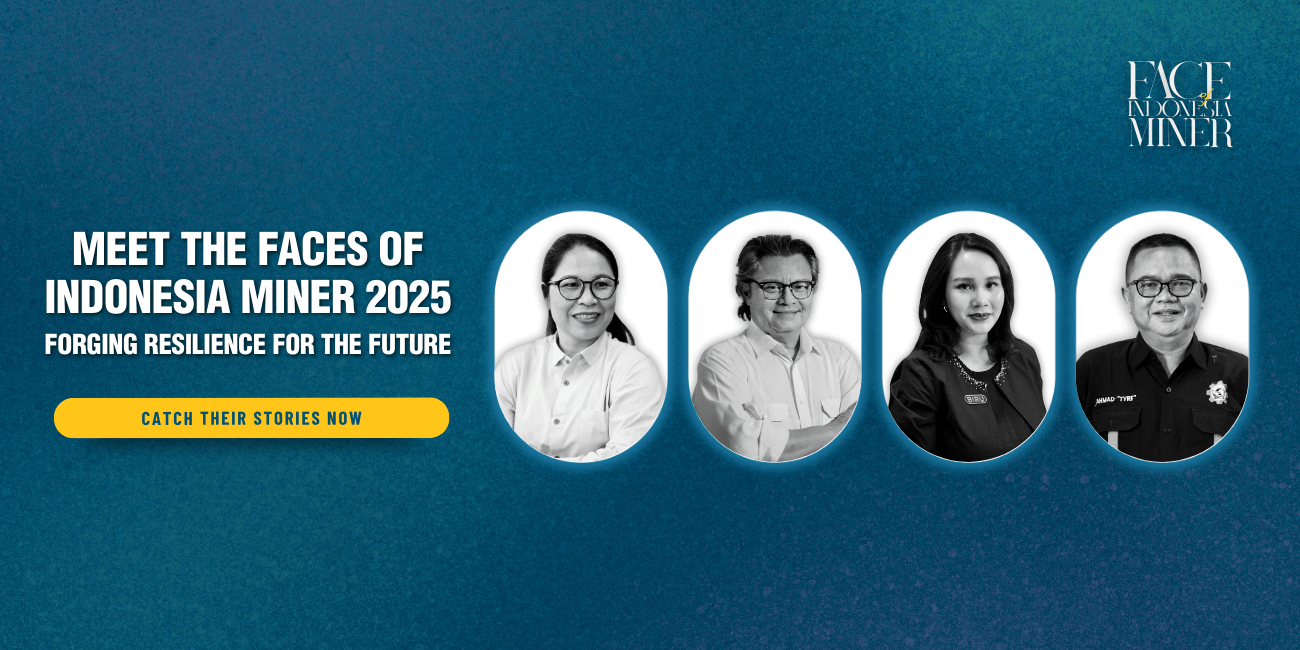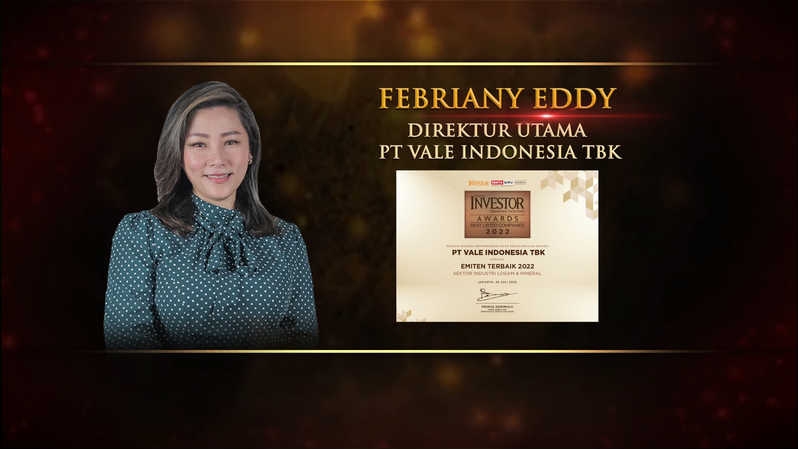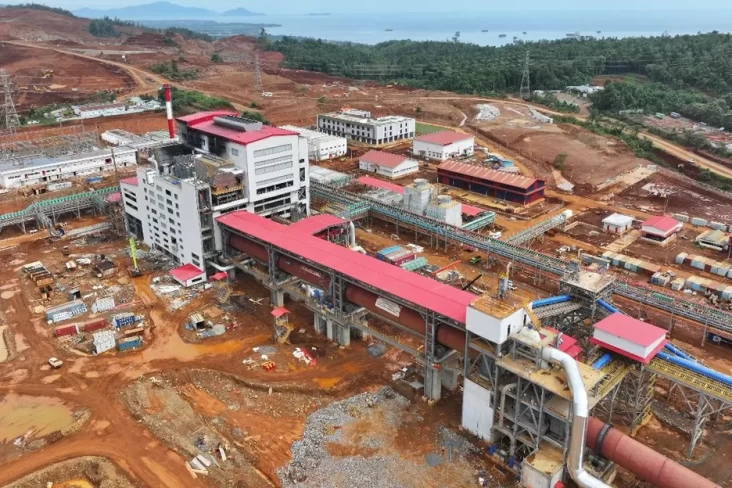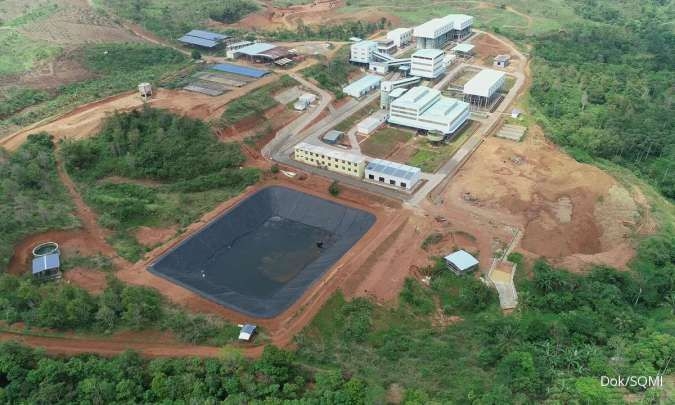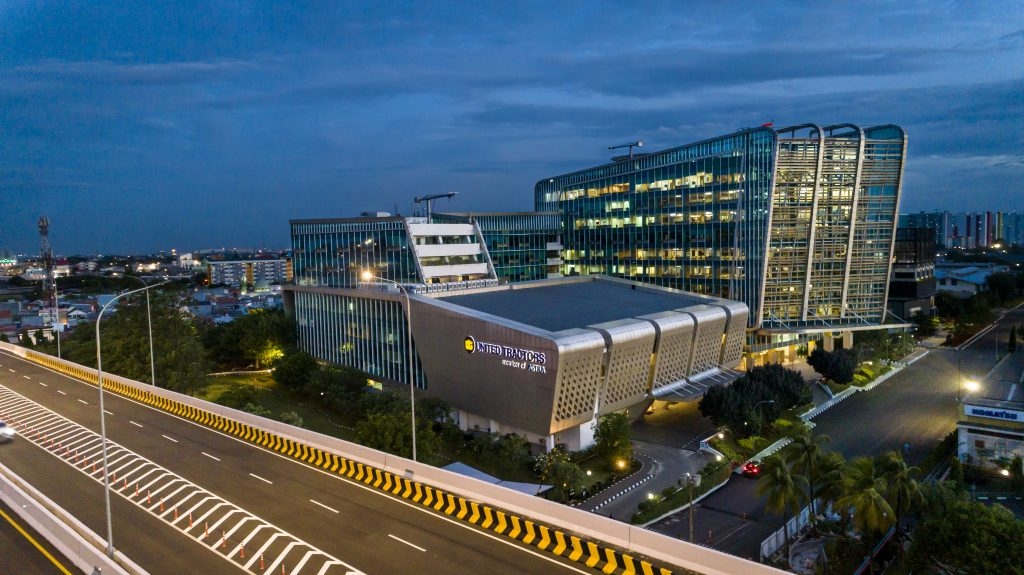Signed by Prabowo: Key Points of the Latest Mining Government Regulation
Thu 09 Oct 2025, 02:12 AM
Share
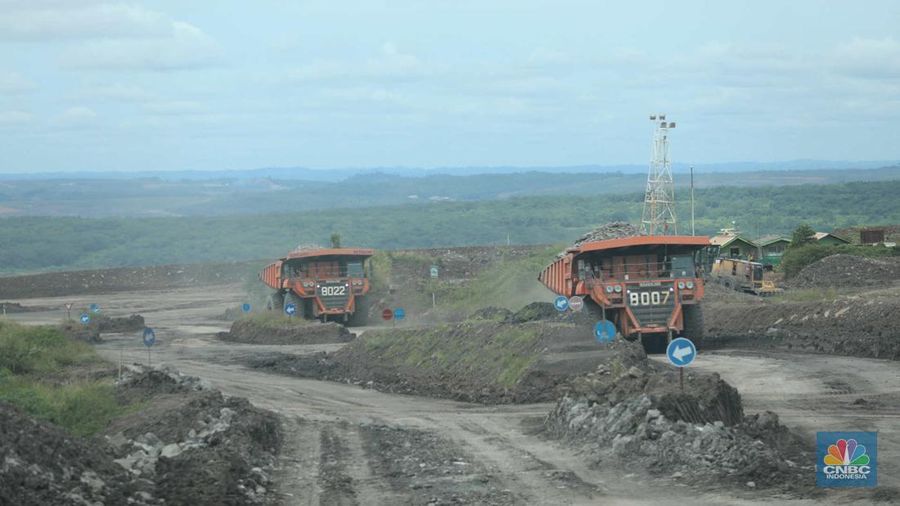
President of the Republic of Indonesia,Prabowo Subianto, has officially signed a new regulation in the mineral and coal mining (minerba) sector. The regulation is stipulated in Government Regulation (PP) Number 39 of 2025 concerning the Second Amendment to Government Regulation Number 96 of 2021 on the Implementation of Mineral and Coal Mining Business Activities.
This new regulation was enacted and came into effect on September 11, 2025. The regulation introduces several significant changes in the management of the national mineral and coal resources.
In PP No. 39 of 2025, the first amendment concerns the granting of Mining Business License Areas (WIUP) for metal minerals and coal, which can now be carried out through auctions and prioritized allocation.
Priority allocation is now aimed at:
a. Cooperatives, small and medium enterprises (SMEs), or businesses owned by religious mass organizations.
b. State-owned enterprises (BUMN), regional-owned enterprises (BUMD), or private businesses for the purpose of expanding access to higher education and strengthening the autonomy and excellence of universities.
c. BUMN and private businesses for value-add/downstreaming purposes.
The minister sets out a plan for awarding metallic mineral and coal WIUP on a priority basis that must include at least:
a. WIUP location
b. WIUP area size
c. Commodity type
Meanwhile, WIUP for non-metallic minerals, certain types of non-metallic minerals, and rocks are obtained by submitting an area application.
This is set out in Article 17 of PP No. 39 of 2025.
Meanwhile, under the previous regulation, it was only stated that WIUPs for metal minerals and coal were obtained through an auction process. In the previous regulation, there was no provision for priority allocation of WIUPs.
As for WIUPs for non-metal minerals, specific types of non-metal minerals, and rocks, these are obtained by submitting a territorial application. This means there is no change in this regard.
WIUP Area Limits for Cooperatives and SMEs
PP No. 39 of 2025 inserts a new provision on the maximum WIUP area for metallic minerals and coal for cooperatives and SMEs, mass organizations, BUMN–BUMD, and private entities collaborating with universities. This is set out in Article 26F.
Article 26F (1):
(1) The maximum WIUP area for metallic minerals or coal for cooperatives and SMEs is:
a. up to 2,500 hectares for metallic mineral WIUP; or
b. up to 2,500 hectares for coal WIUP.
Article 26F (2):
(2) The maximum WIUP area for metallic minerals or coal for businesses owned by religious mass organizations is:
a. up to 25,000 hectares for metallic mineral WIUP; or
b. up to 15,000 hectares for coal WIUP.
Article 26F (3):
(3) The maximum WIUP area for metallic minerals or coal for BUMN, BUMD, and private businesses collaborating with universities is:
a. up to 25,000 hectares for metallic mineral WIUP; or
b. up to 15,000 hectares for coal WIUP.
Article 26F (4):
(4) The maximum WIUP area for metallic minerals or coal for BUMN and private businesses for value-add/downstreaming is:
a. up to 25,000 hectares for metallic mineral WIUP; or
b. up to 15,000 hectares for coal WIUP.
Applies to WIUPK
The same provision also applies to Special Mining Business License Areas (WIUPK). In this new regulation, seven new articles are inserted between Articles 75 and 76. One of them concerns the priority allocation of WIUPK for metal minerals or coal by the Minister.
The area size of WIUPK for metal minerals and coal granted on a priority basis to cooperatives, small and medium enterprises (SMEs), community organizations (Ormas), state-owned enterprises (BUMN), regional-owned enterprises (BUMD), and private business entities in cooperation with universities is regulated under Article 75F. The content reads as follows::
(1) The maximum WIUPK area for metallic minerals or coal for cooperatives and SMEs is:
a. up to 2,500 hectares for metallic mineral WIUPK; or
b. up to 2,500 hectares for coal WIUPK.
(2) The maximum WIUPK area for metallic minerals or coal for businesses owned by religious mass organizations is:
a. up to 25,000 hectares for metallic mineral WIUPK; or
b. up to 15,000 hectares for coal WIUPK.
(3) The maximum WIUPK area for metallic minerals or coal for BUMN, BUMD, and private businesses collaborating with universities is:
a. up to 25,000 hectares for metallic mineral WIUPK; or
b. up to 15,000 hectares for coal WIUPK.
In addition, two articles, Article 91A and Article 91, are inserted between Articles 91 and 92, reading as follows:
Article 91A
BUMN, BUMD, cooperatives, or businesses receiving priority WIUPK as referred to in Article 75(2) must submit IUPK applications to the Minister through the OSS System managed by the central government in accordance with the applicable laws and regulations.
Article 91B
IUPK applications as referred to in Article 91A are as follows:
a. BUMN, BUMD, or private businesses receiving priority metallic mineral or coal WIUPK must meet the requirements under the laws and regulations on risk-based business licensing.
b. Cooperatives must apply for IUPK issuance by fulfilling the following requirements:
1. Administrative:
a) application letter;
b) Business Identification Number (NIB) covering mining activities in metallic minerals or coal;
c) cooperative management structure;
d) list of cooperative members;
2. Technical:
a) list of mining personnel; and
b) statement from the cooperative’s management on having experienced mining and/or geology experts;
3. Environmental: a statement of willingness to comply with environmental protection and management laws and regulations; and
4. Financial:
a) proof of placing a performance bond for exploration activities;
b) proof of payment of data information compensation; and
c) a tax clearance letter in accordance with tax regulations.
c. SMEs must apply for IUPK issuance by fulfilling the following requirements:
1. Administrative:
a) application letter;
b) NIB covering mining activities in metallic minerals or coal;
c) management structure; and
d) list of shareholders and beneficial owners;
2. Technical:
a) list of mining personnel; and
b) statement from management on having experienced mining and/or geology experts;
3. Environmental: a statement of willingness to comply with environmental protection and management laws and regulations; and
4. Financial:
a) proof of placing a performance bond for exploration activities;
b) proof of payment of data information compensation; and
c) a tax clearance letter in accordance with tax regulations.
Radioactive Minerals
PP No. 39 of 2025 also regulates the undertaking and utilization of radioactive minerals, as set out in the amended Article 18, which reads:
(1) The undertaking and utilization of radioactive minerals shall be carried out for radioactive minerals obtained from:
a. Radioactive mineral WIUP; or
b. Radioactive by-products from processing and/or refining.
(2) Radioactive minerals originating from radioactive by-products of processing and/or refining as referred to in paragraph (1)(b) may be used as a new energy source.
(3) Further provisions on the use of radioactive minerals as a new energy source as referred to in paragraph (2) shall be regulated in a Ministerial Regulation.
Under the previous regulation, it only stated: “The undertaking and utilization of radioactive minerals within a radioactive mineral WIUP shall be carried out in accordance with the laws and regulations.”
Rare Earth Elements
PP No. 39 of 2025 also adds a new provision on the utilization of rare earth commodities, set out in Article 18A. These commodities are prioritized for the development of priority industries domestically. Further provisions will be set out in a Ministerial Regulation.
The full text of Article 18A:
(1) The undertaking and utilization of rare earth commodities are derived from:
a. Metallic mineral WIUP as referred to in Article 17(1)(b); or
b. By-products of processing and/or refining of metallic minerals.
(2) Rare earth commodities as referred to in paragraph (1) are prioritized for the development of priority industries domestically.
(3) Further provisions on the utilization of rare earth commodities for priority industries domestically as referred to in paragraph (2) shall be regulated in a Ministerial Regulation.
